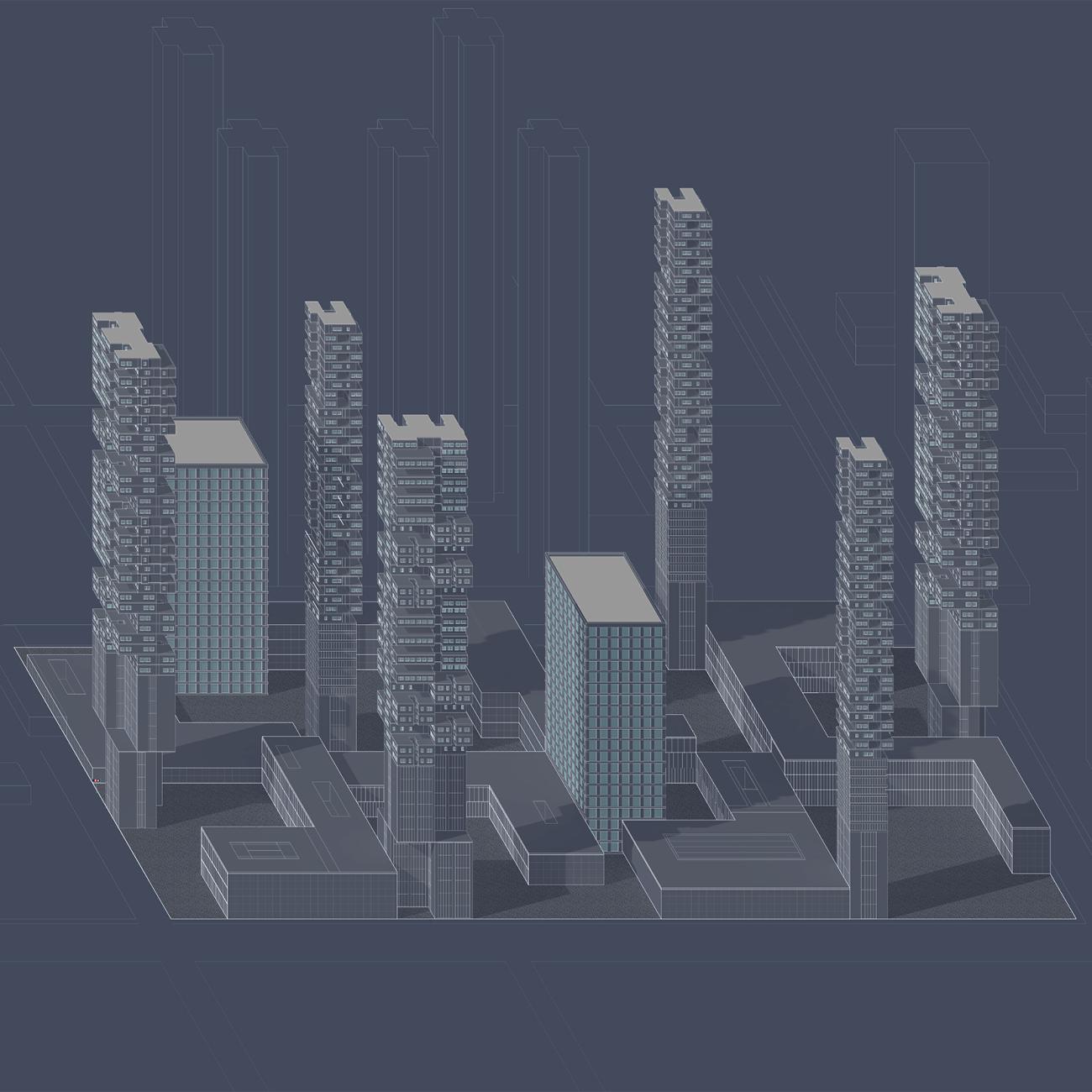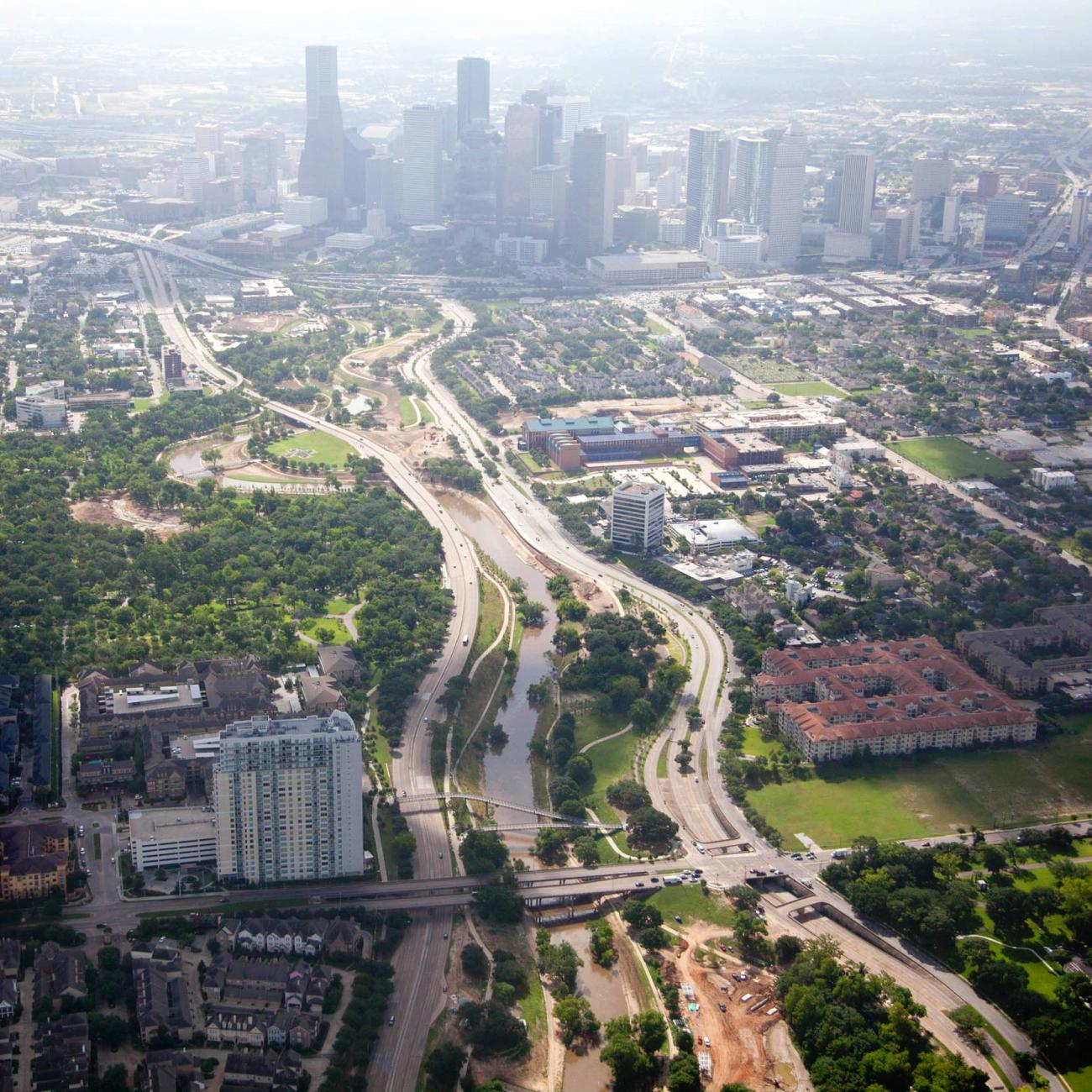Overview
PRESENT FUTURE explores the prospects of urban and architectural design from the perspective of our current environmental conditions. The transformation of the atmosphere’s chemical composition, and its increasing effects on agriculture production, sea level rise, and the mass extinction of species, suggests a future that bears little resemblance to the one that we live in today. While a picture of the future is beginning to emerge—in the white papers of scientists, in the speeches of activists or politicians, and in the fictional worlds in which books, films and television place us—the design specifications for this future have yet to be written. An opportunity exists to fully imagine the urban conditions that would not only respond to climate change, but would exploit the opportunity to produce a culture of collective engagement which many cities routinely deny.
While the problems we face are global in scope, the solutions best arise from local circumstances, the constituencies they affect and the evolving political and cultural institutions that are fashioned in response. For each project, PRESENT FUTURE brings together a diverse group of architects, landscape architects, engineers, urban researchers and city officials whose combined expertise is required to meet the complexities of our problems. Through a studio setting the group comes together around a specific site and work through a series of alternative architectural and urban scenarios. These scenarios are not simply routine technical upgrades nor do they only solve the limited problem of excessive energy consumption and carbon emissions. Rather, they explore an overhaul of the economic, political and cultural practices that are at the root of each situation. In a search for local solutions, these scenarios will outline a viable urban culture that is calibrated to the environmental limitations of the neighborhood, the city, the region and the planet.
The specific environmental concerns that each matriculating class examines will be framed in a three-semester sequence, beginning with a three-credit seminar in the first semester, a twelve-credit collective design studio in the second, culminating in a book, exhibition, or symposium that will be produced in the final semester. In addition to free electives, the curriculum includes additional required courses on issues related to the semester's work.
This is a cross-disciplinary course of study focused on design and open to all interested students with advanced degrees, not only those with advanced degrees in architecture. The minimum requirement is a B.A. or B.S., or its equivalent.



